Back to Courses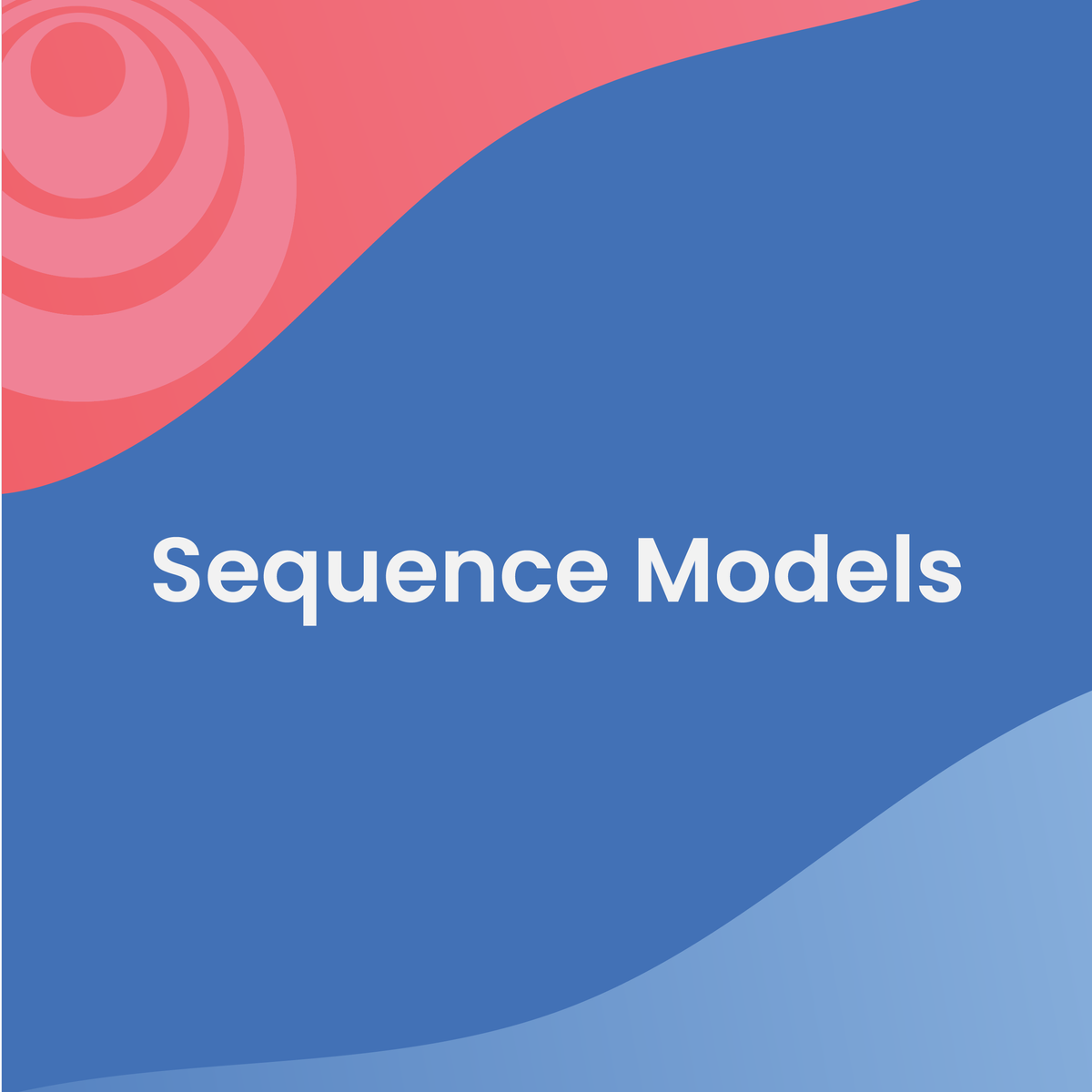

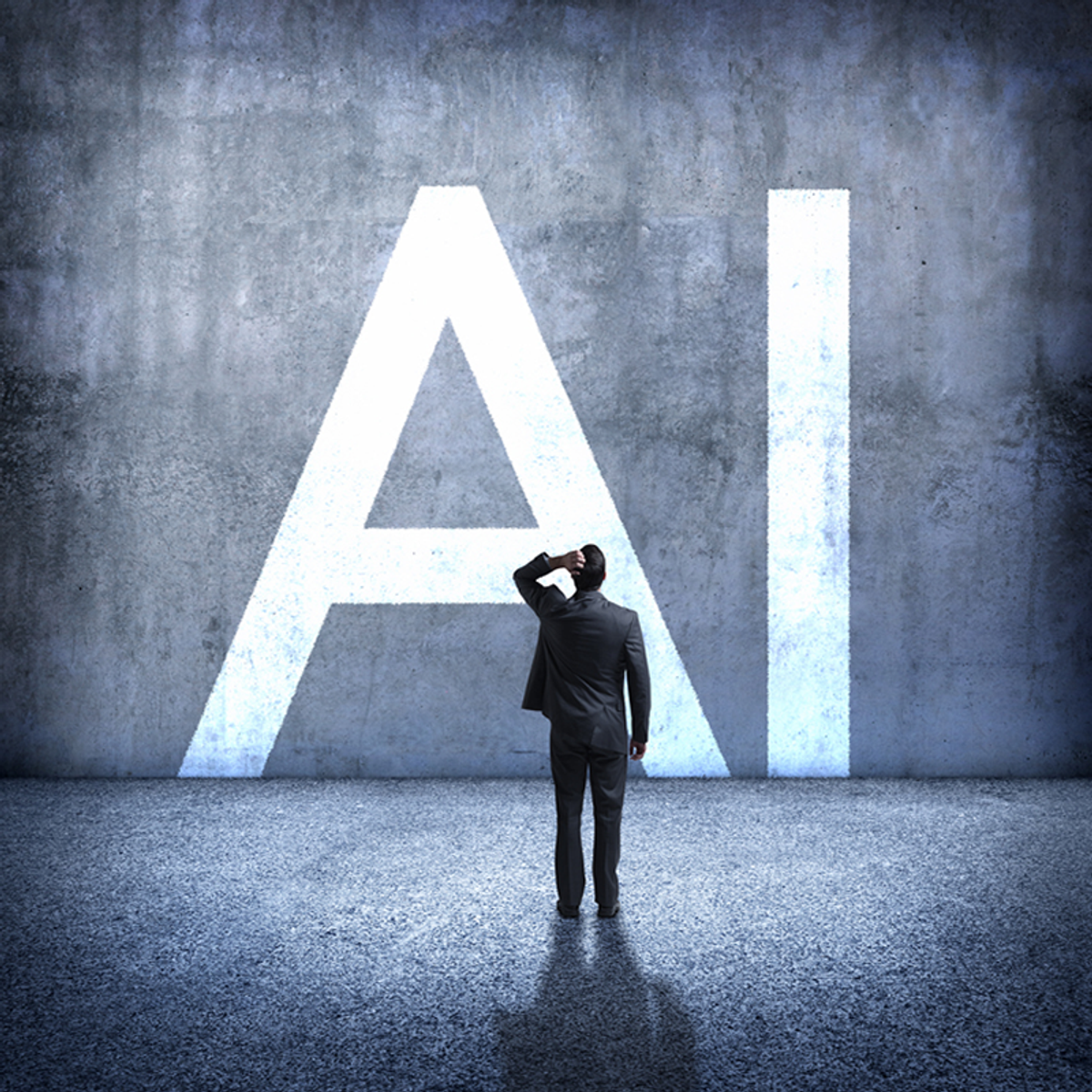

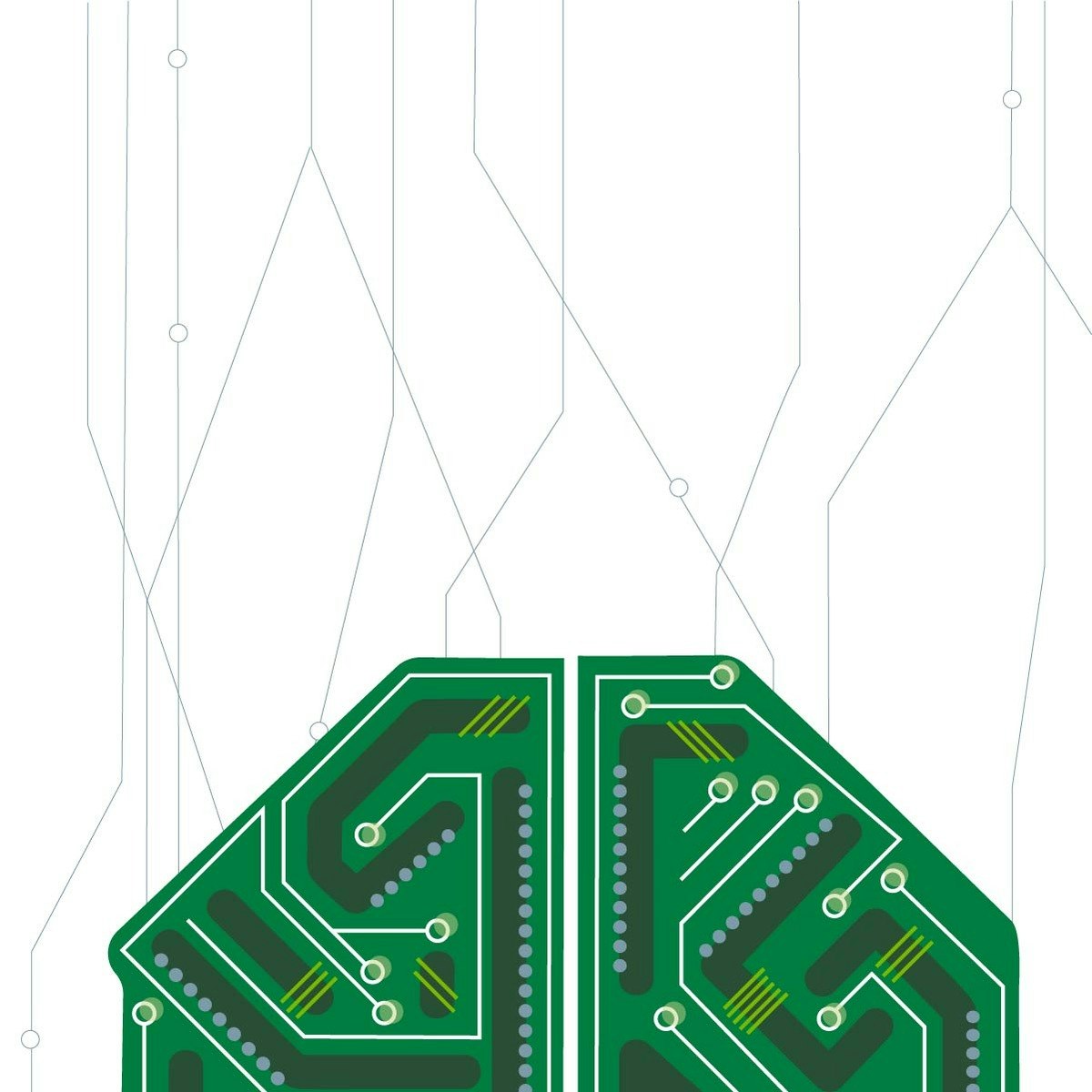
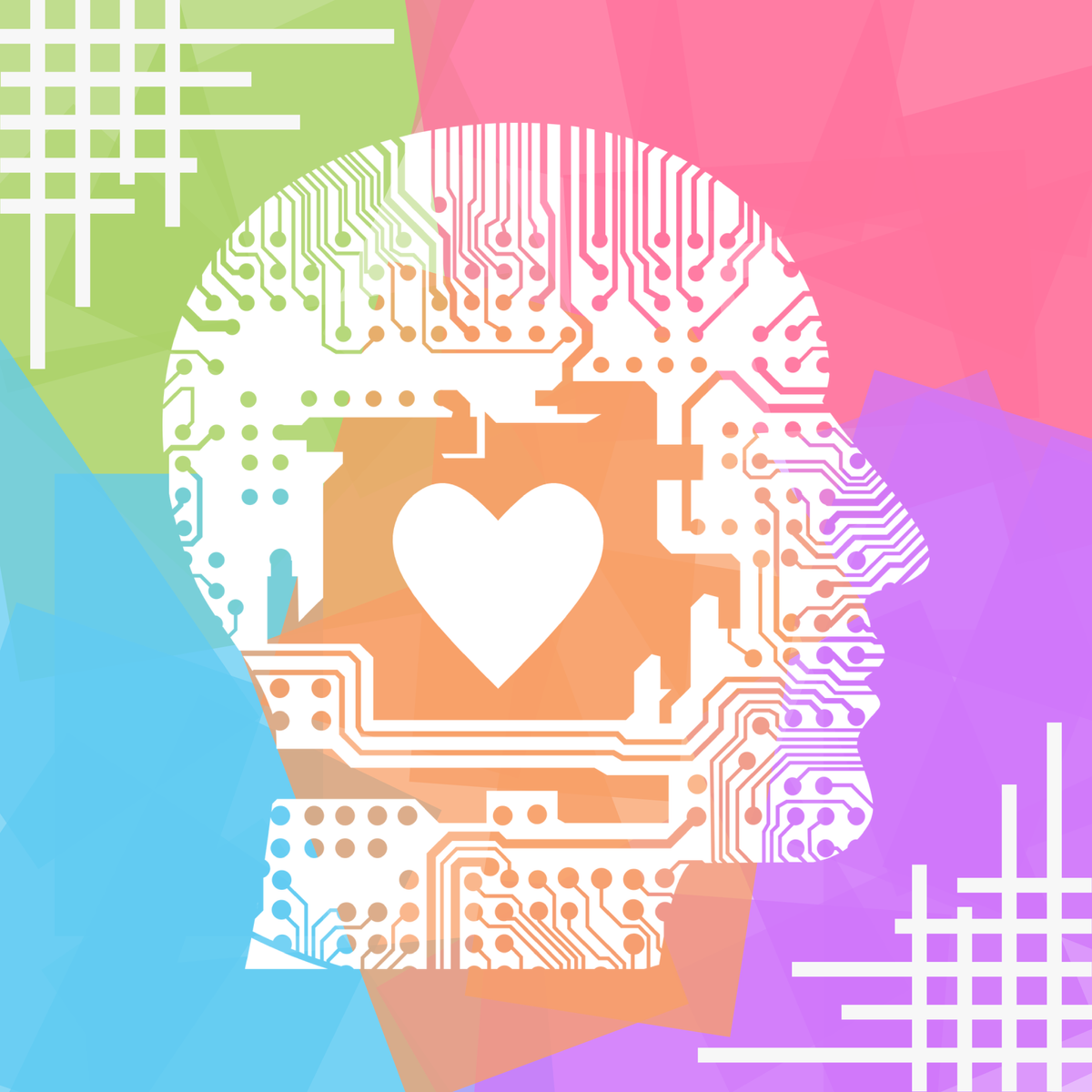
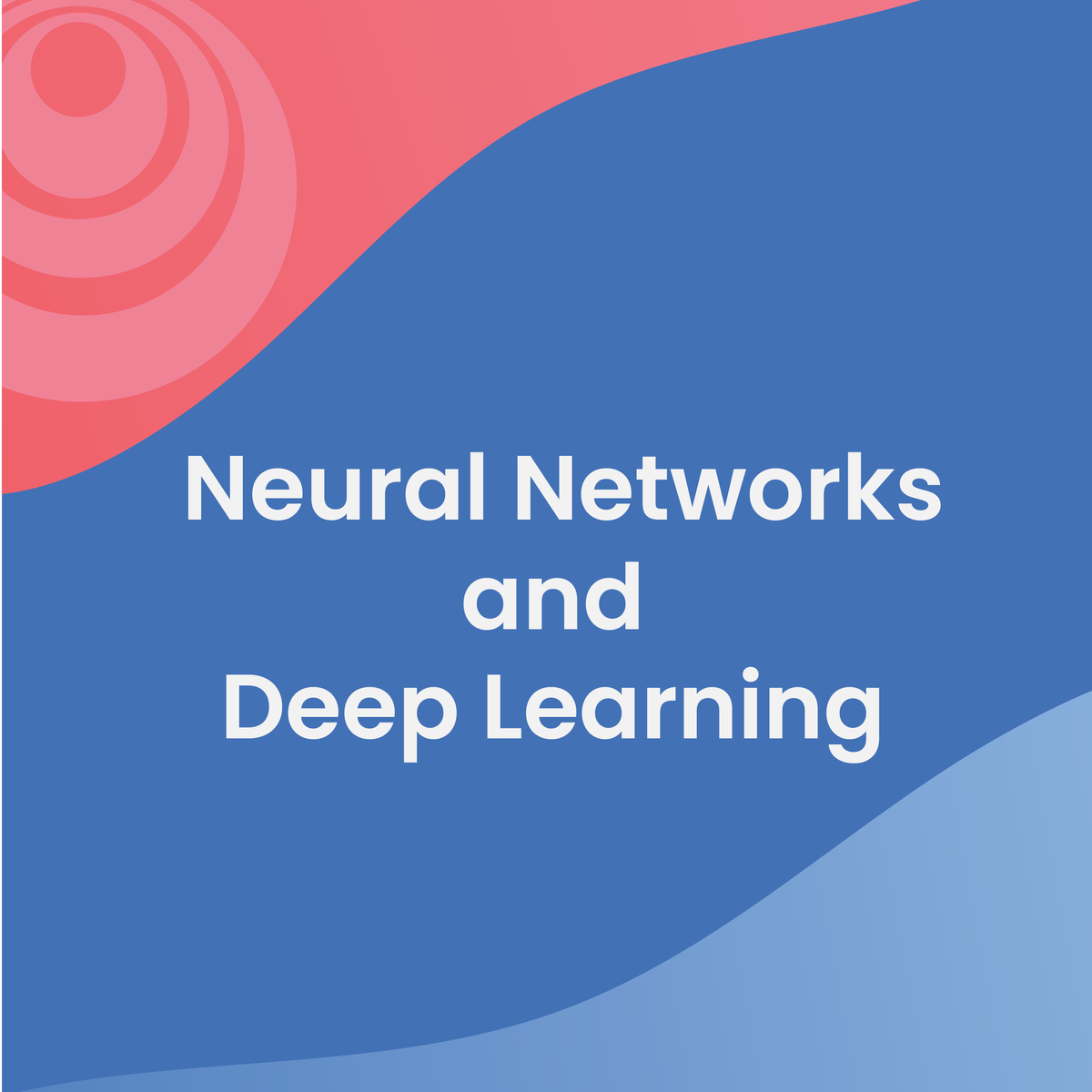
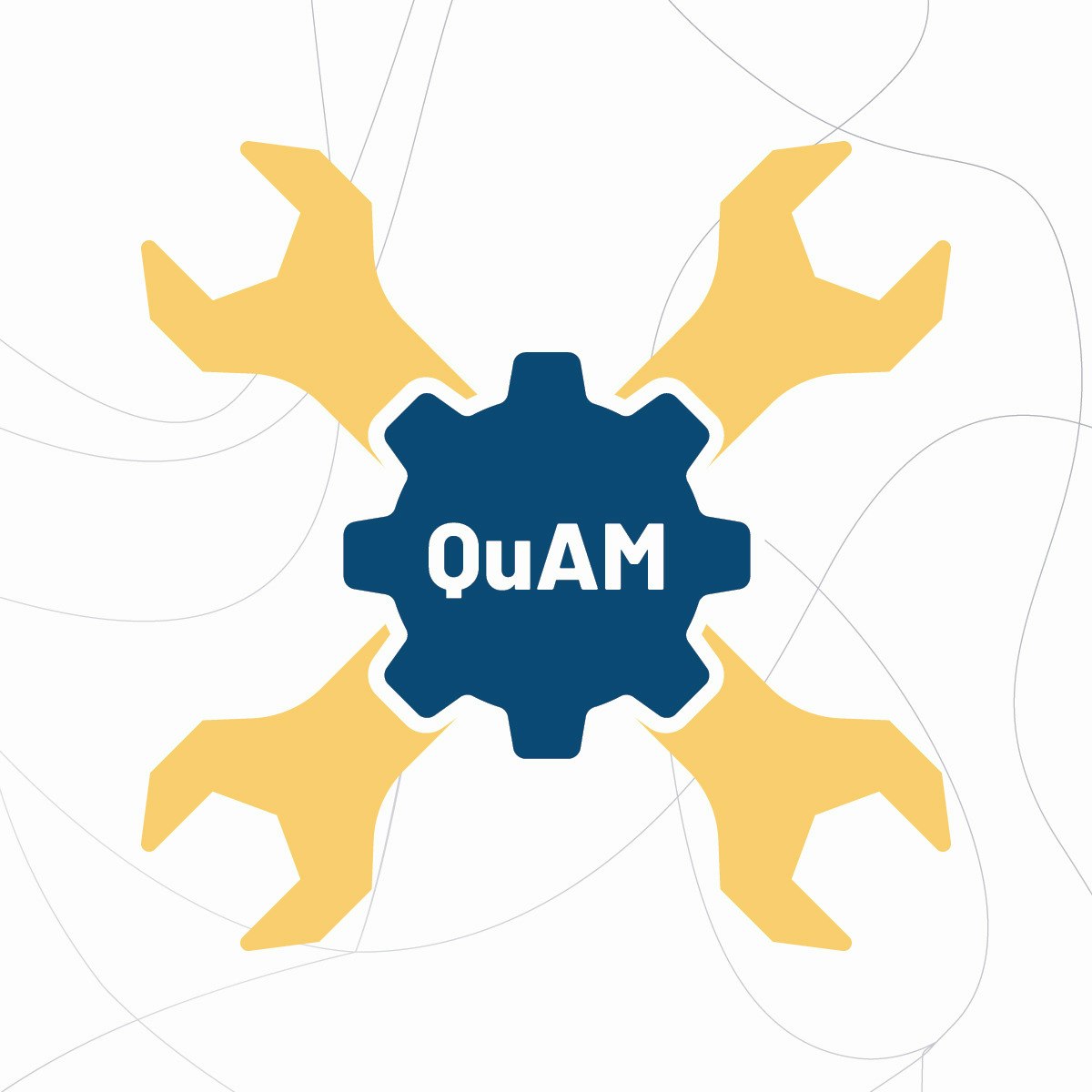


Algorithms Courses - Page 21
Showing results 201-210 of 326

Sequence Models
In the fifth course of the Deep Learning Specialization, you will become familiar with sequence models and their exciting applications such as speech recognition, music synthesis, chatbots, machine translation, natural language processing (NLP), and more.
By the end, you will be able to build and train Recurrent Neural Networks (RNNs) and commonly-used variants such as GRUs and LSTMs; apply RNNs to Character-level Language Modeling; gain experience with natural language processing and Word Embeddings; and use HuggingFace tokenizers and transformer models to solve different NLP tasks such as NER and Question Answering.
The Deep Learning Specialization is a foundational program that will help you understand the capabilities, challenges, and consequences of deep learning and prepare you to participate in the development of leading-edge AI technology. It provides a pathway for you to take the definitive step in the world of AI by helping you gain the knowledge and skills to level up your career.

Encryption and Decryption using C++
By the end of this project, you will be able to create a basic application using Vigenere encryption-decryption technique to encrypt and decrypt messages. Throughout the project, you will be able to identify the basics of cryptography and how to encrypt and decrypt messages using a specific technique, you will be able to apply concepts like ASCII codes and type casting. Moreover, you will be able to do some mathematical operations on characters, and finally you will be ready to dive more into the cryptography world.
This guided project is for beginner programmers or any programmer who would like to enter the cryptography world. This project will be the beginning for you to build applications to encrypt and decrypt messages coming from the user using a certain technique. This project will give you the basic knowledge of cryptography and push you into the security engineering field.
Note: This course works best for learners who are based in the North America region. We’re currently working on providing the same experience in other regions.

Artificial Intelligence Privacy and Convenience
In this course, we will explore fundamental concepts involved in security and privacy of machine learning projects. Diving into the ethics behind these decisions, we will explore how to protect users from privacy violations while creating useful predictive models. We will also ask big questions about how businesses implement algorithms and how that affects user privacy and transparency now and in the future.

Introduction to Computer Vision and Image Processing
Computer Vision is one of the most exciting fields in Machine Learning and AI. It has applications in many industries, such as self-driving cars, robotics, augmented reality, and much more. In this beginner-friendly course, you will understand computer vision and learn about its various applications across many industries.
As part of this course, you will utilize Python, Pillow, and OpenCV for basic image processing and perform image classification and object detection.
This is a hands-on course and involves several labs and exercises. Labs will combine Jupyter Labs and Computer Vision Learning Studio (CV Studio), a free learning tool for computer vision. CV Studio allows you to upload, train, and test your own custom image classifier and detection models. At the end of the course, you will create your own computer vision web app and deploy it to the Cloud.
This course does not require any prior Machine Learning or Computer Vision experience. However, some knowledge of the Python programming language and high school math is necessary.

Sample-based Learning Methods
In this course, you will learn about several algorithms that can learn near optimal policies based on trial and error interaction with the environment---learning from the agent’s own experience. Learning from actual experience is striking because it requires no prior knowledge of the environment’s dynamics, yet can still attain optimal behavior. We will cover intuitively simple but powerful Monte Carlo methods, and temporal difference learning methods including Q-learning. We will wrap up this course investigating how we can get the best of both worlds: algorithms that can combine model-based planning (similar to dynamic programming) and temporal difference updates to radically accelerate learning.
By the end of this course you will be able to:
- Understand Temporal-Difference learning and Monte Carlo as two strategies for estimating value functions from sampled experience
- Understand the importance of exploration, when using sampled experience rather than dynamic programming sweeps within a model
- Understand the connections between Monte Carlo and Dynamic Programming and TD.
- Implement and apply the TD algorithm, for estimating value functions
- Implement and apply Expected Sarsa and Q-learning (two TD methods for control)
- Understand the difference between on-policy and off-policy control
- Understand planning with simulated experience (as opposed to classic planning strategies)
- Implement a model-based approach to RL, called Dyna, which uses simulated experience
- Conduct an empirical study to see the improvements in sample efficiency when using Dyna

AI, Empathy & Ethics
This nontechnical course provides an overview of artificial intelligence advancements and the ethical challenges we now face as we navigate the development, implementation, and ubiquitous global use of AI.

Neural Networks and Deep Learning
In the first course of the Deep Learning Specialization, you will study the foundational concept of neural networks and deep learning.
By the end, you will be familiar with the significant technological trends driving the rise of deep learning; build, train, and apply fully connected deep neural networks; implement efficient (vectorized) neural networks; identify key parameters in a neural network’s architecture; and apply deep learning to your own applications.
The Deep Learning Specialization is our foundational program that will help you understand the capabilities, challenges, and consequences of deep learning and prepare you to participate in the development of leading-edge AI technology. It provides a pathway for you to gain the knowledge and skills to apply machine learning to your work, level up your technical career, and take the definitive step in the world of AI.

Data for Machine Learning
This course is all about data and how it is critical to the success of your applied machine learning model. Completing this course will give learners the skills to:
Understand the critical elements of data in the learning, training and operation phases
Understand biases and sources of data
Implement techniques to improve the generality of your model
Explain the consequences of overfitting and identify mitigation measures
Implement appropriate test and validation measures.
Demonstrate how the accuracy of your model can be improved with thoughtful feature engineering.
Explore the impact of the algorithm parameters on model strength
To be successful in this course, you should have at least beginner-level background in Python programming (e.g., be able to read and code trace existing code, be comfortable with conditionals, loops, variables, lists, dictionaries and arrays). You should have a basic understanding of linear algebra (vector notation) and statistics (probability distributions and mean/median/mode).
This is the third course of the Applied Machine Learning Specialization brought to you by Coursera and the Alberta Machine Intelligence Institute.

Scalable Machine Learning on Big Data using Apache Spark
This course will empower you with the skills to scale data science and machine learning (ML) tasks on Big Data sets using Apache Spark. Most real world machine learning work involves very large data sets that go beyond the CPU, memory and storage limitations of a single computer.
Apache Spark is an open source framework that leverages cluster computing and distributed storage to process extremely large data sets in an efficient and cost effective manner. Therefore an applied knowledge of working with Apache Spark is a great asset and potential differentiator for a Machine Learning engineer.
After completing this course, you will be able to:
- gain a practical understanding of Apache Spark, and apply it to solve machine learning problems involving both small and big data
- understand how parallel code is written, capable of running on thousands of CPUs.
- make use of large scale compute clusters to apply machine learning algorithms on Petabytes of data using Apache SparkML Pipelines.
- eliminate out-of-memory errors generated by traditional machine learning frameworks when data doesn’t fit in a computer's main memory
- test thousands of different ML models in parallel to find the best performing one – a technique used by many successful Kagglers
- (Optional) run SQL statements on very large data sets using Apache SparkSQL and the Apache Spark DataFrame API.
Enrol now to learn the machine learning techniques for working with Big Data that have been successfully applied by companies like Alibaba, Apple, Amazon, Baidu, eBay, IBM, NASA, Samsung, SAP, TripAdvisor, Yahoo!, Zalando and many others.
NOTE: You will practice running machine learning tasks hands-on on an Apache Spark cluster provided by IBM at no charge during the course which you can continue to use afterwards.
Prerequisites:
- basic python programming
- basic machine learning (optional introduction videos are provided in this course as well)
- basic SQL skills for optional content
The following courses are recommended before taking this class (unless you already have the skills)
https://www.coursera.org/learn/python-for-applied-data-science or similar
https://www.coursera.org/learn/machine-learning-with-python or similar
https://www.coursera.org/learn/sql-data-science for optional lectures
Recognizing Shapes in Images with OpenCV
In this 1.5 hour long project-based course, you will apply computer vision techniques to process images, extract useful features and detect shapes using Hough transforms.
By the end of this project, you will have analyzed real-world images using industry standard tools, including Python and OpenCV.
Note: This course works best for learners who are based in the North America region. We’re currently working on providing the same experience in other regions.
Popular Internships and Jobs by Categories
Browse
© 2024 BoostGrad | All rights reserved


